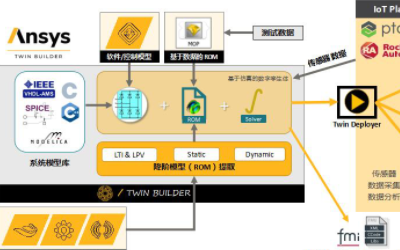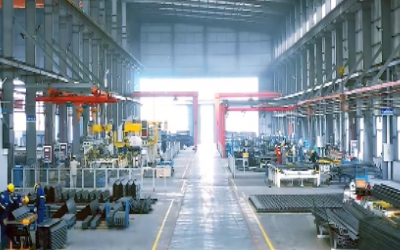China's service robots under spotlight at CES
The CES 2022 held in the Las Vegas, the United States, is a veritable sci-fi movie set of wunderkind robots that have spectators lining up to see what the present and future holds in store in proto-humans.
Many leading robotics firms are from China, and this year's state-of-the-art robots from the country on display at the CES put an end to the outdated litany that Chinese companies lack innovation. In commercialized service robotics and artificial intelligence, they are leading the pack.
Keenon Robotics, based in Shanghai, was founded in 2010 and started with a handful of employees. Now the company boasts 2,000 employees with more than 23,000 robots in operation around the world.
The company managed to overcome step-by-step design, AI and engineering challenges to reach the top of the heap in commercial robotic sales with worldwide market penetration, North American Marketing Director Wang Mingmin said while noting it was all worth it in the end.
Wang credits the excellent robotics supply chain in China and the global labor shortage caused by COVID-19 for much of the market's recent growth, 70 percent of which is in the restaurant industry.
"The pandemic has affected every industry and restaurants and hotels can't find enough qualified people to work. We have a solution for their labor problems with our reliable, cost-effective robots," Wang said.
Their fleet of innovatively designed products includes hospitality, hotel and catering/delivery robots that carry food, goods and other items to customers.
Their disinfection robots are perfect for killing viruses and bacteria in hospitals, hotel rooms, commercial kitchens and others across multiple industries. The delivery robots were used in more than 100 hospitals to make safe and sanitary deliveries during the worst of the COVID-19 pandemic.
Their hospitality robot guide, Peanut, which comes with a complete cheery, plump body and bright digital banter, adds a touch of whimsy and charm to help personalize the experience.
Their robots work by their proprietary blend of fully autonomous positioning and navigation technology, and are equipped with multiple sensors such as lidar, machine vision, depth vision, and sonar to work efficiently and reliably in complex environments.
"We believe that the autonomous revolution led by intelligent robotics will keep you removed from tedious, labor-intensive and dangerous tasks, allowing us to focus on more meaningful things in life," Keenon CEO Tony Li said in a statement.
Another leading Chinese robotics company, Pudu, run by an innovative team of 20-somethings, offered a lineup of attractive, customer-facing robots at the CES this year. They have colorful display screens and catlike features, and are named KettyBot and BellaBot that enable businesses to begin customer engagement before people even enter the store or restaurant.
"KettyBot allows your special offers to reach more customers, delivering a higher conversion rate with a very novel approach," Pudu said in a statement.
Their clever bots attract customers by cracking jokes, dancing and interacting one-on-one with customers, while giving out details of their products. Dishes or discounts can be shown to potential customers on-screen using voice interaction, enhancing the human-to-robot experience.
"Our technology is more mature and stable and our obstacle avoidance technology makes them very safe and reliable," said Senior Overseas Sales Manager Tracy Yan.
In business since 2016, Shenzhen, Guangdong province-based Pudu says its ambition is "to become the world's strongest commercial service robot company "and it is committed to "using robots to improve the efficiency of production and human life".
The Japanese have also added spice to the CES with charming service robots. Cinnamon, from Donut Robotics, can be used as a multilingual receptionist, keep a watchful eye on the children of customers, pets or seniors, while conducting simple health checks.
Linked to Cinnamon is C-FACE, another COVID-specific innovation from Donut Robotics. It is the world's first smart mask that transcribes what you say through the mask and sends it to another persons' cellphone in eight languages. It can also take minutes of meetings and send remote commands to Cinnamon.
A research report published by MarketsandMarkets last August said the world's service robotics market is projected to grow to $103.3 billion by 2026 from $36.2 billion in 2021.
The growing adoption of robots for new applications providing high returns on investment, coupled with the rising use of internet of things in robots for cost-effective predictive maintenance, are the key factors driving the service robotics market, the report said.








